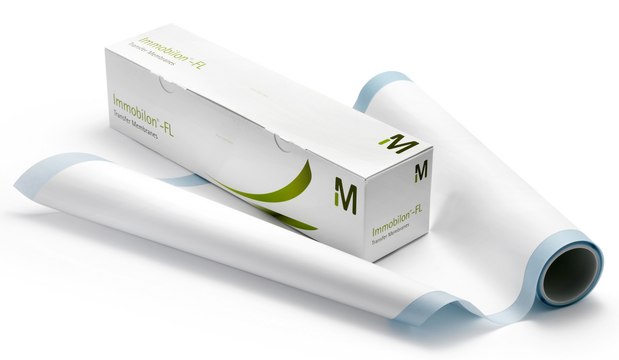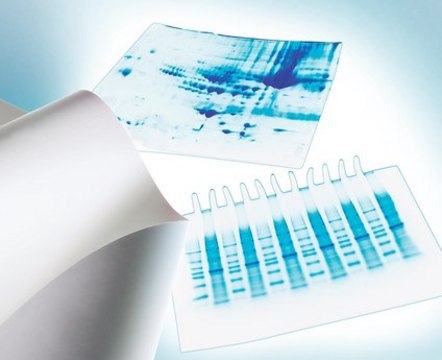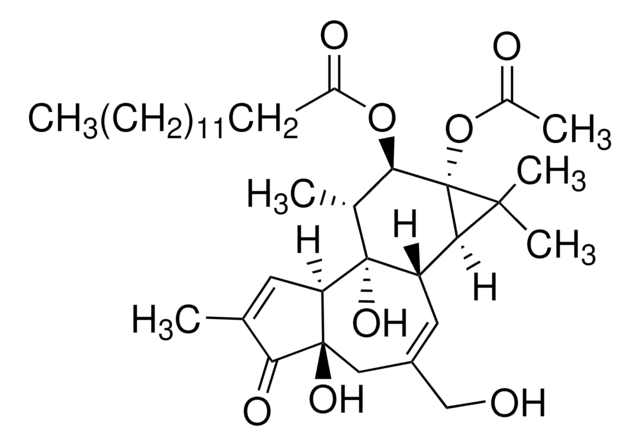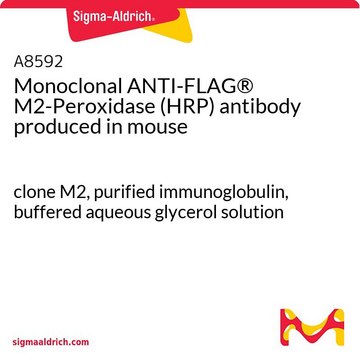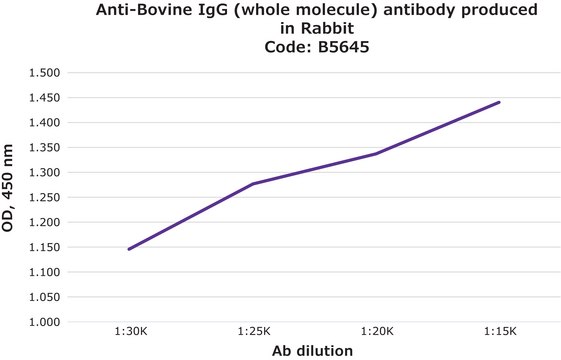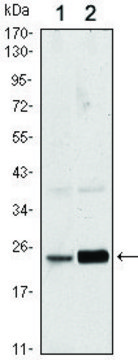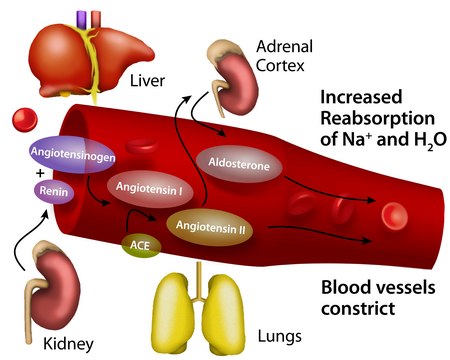MABF2069
Anti-Glucuronoxylomannan (GXM) Antibody, clone 18B7
clone 18B7, from mouse
Synonym(s):
GXM
About This Item
Recommended Products
biological source
mouse
Quality Level
antibody form
purified immunoglobulin
antibody product type
primary antibodies
clone
18B7, monoclonal
species reactivity
mouse
technique(s)
ELISA: suitable
immunocytochemistry: suitable
immunodepletion: suitable
immunofluorescence: suitable
immunohistochemistry: suitable (paraffin)
isotype
IgG1κ
shipped in
ambient
target post-translational modification
unmodified
General description
Specificity
Immunogen
Application
Immunodepletion Analysis: A representative lot immunodepleted Glucuronoxylomannan (GXM) in Immunodepletion applications (Lendvai, N., et. al. (1999). J Infect Dis. 180(3):791-801; Casadevall, A., et. al. (1998). Antimicrob Agents Chemother. 42(6):1437-46; Martinez, L.R., et. al. (2004). Infect Immun. 72(6):3674-9; Bowen, A., et. al. (2017). J Biol Chem. 292(2):417-434).
Immunofluorescence Analysis: A representative lot detected Glucuronoxylomannan (GXM) in Immunofluorescence applications (Casadevall, A., et. al. (1998). Antimicrob Agents Chemother. 42(6):1437-46; Bowen, A., et. al. (2017). J Biol Chem. 292(2):417-434).
Immunocytochemistry Analysis: A 1:1,000 dilution from a representative lot detected Glucuronoxylomannan (GXM) in heat killed cryptococcus cells.
Immunohistochemistry Analysis: A 1:50-250 dilution from a representative lot detected Glucuronoxylomannan (GXM) in S. neoformans-infected mouse spleen, mouse lung, mouse liver, and mouse brain tissues.
ELISA Analysis: A representative lot detected Glucuronoxylomannan (GXM) in ELISA applications (Casadevall, A., et. al. (1998). Antimicrob Agents Chemother. 42(6):1437-46; Martinez, L.R., et. al. (2004). Infect Immun. 72(6):3674-9; Bowen, A., et. al. (2017). J Biol Chem. 292(2):417-434).
Inflammation & Immunology
Quality
Isotyping Analysis: The identity of this monoclonal antibody is confirmed by isotyping test to be mouse IgG1 .
Physical form
Storage and Stability
Other Notes
Disclaimer
Not finding the right product?
Try our Product Selector Tool.
Storage Class Code
12 - Non Combustible Liquids
WGK
WGK 2
Flash Point(F)
Not applicable
Flash Point(C)
Not applicable
Certificates of Analysis (COA)
Search for Certificates of Analysis (COA) by entering the products Lot/Batch Number. Lot and Batch Numbers can be found on a product’s label following the words ‘Lot’ or ‘Batch’.
Already Own This Product?
Find documentation for the products that you have recently purchased in the Document Library.
Our team of scientists has experience in all areas of research including Life Science, Material Science, Chemical Synthesis, Chromatography, Analytical and many others.
Contact Technical Service